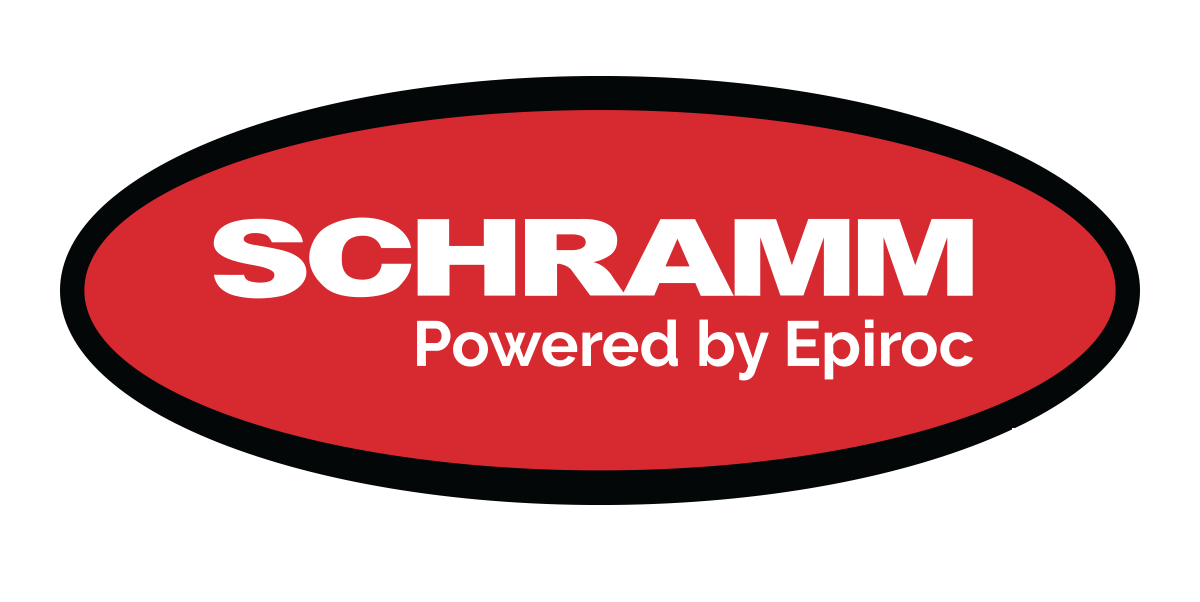After almost 14 years in the United States Schramm’s Craig Mayman has returned to Adelaide to take up a new role with the OEM as executive vice president of global sales, service and marketing – and improving lead times for customers is the priority. Jamie Wade writes.
Craig, who began his career in the drilling industry in Adelaide as the engineering manager at Boart Longyear, has come full circle after returning in August with a remit to manage everything customer-facing locally and globally.
“Being now based in Adelaide gives me the ability to easily get to both our Brisbane and Perth facilities and manage the global sales and service team. Most of my team is overseas along with my customers,” he told Australasian Drilling.
The immediate focus for Schramm, said Craig, was improving lead times.
“We are busily building parts inventory to make sure we have the right parts on the shelf or at least on order as well as reducing lead times on rigs. We appreciate that the build-to-order-model we’ve all had to implement over the last few years isn’t ideal for our customers which don’t have the luxury of time – we are working on that right now,” he said.
Schramm has three facilities in Australia including a service centre in Brisbane and a rig manufacturing and service centre, as well as the Hammers and Bits head office in Perth. Most of the large drilling contractors employ Schramm rigs including McKay Drilling, Wallis Drilling, Swick Mining Services and more recently Topdrill, Strike, the Bunbury Drilling Company, Mitchell Services, Quest Exploration Drilling and Wallis Label?
Reflecting on the year to date Craig said COVID had impacted the company’s global customer base.
“Our oil and gas customers – especially those US-based – have slowed considerably,” he said.
“Australia is going well and a strong gold price certainly helps, as do people returning to work. We are starting to see people doing larger refurb work and replacing their rig fleets. A lot of equipment has aged through the long downturn and we are seeing that start to change now.
“We booked three telemast rigs in the first three to four months of the year. That’s given us a chance to get more spares inventory in and spend time in the field with customers to improve our hammers and bits products.”
Schramm’s aftermarket service and support has been performing well, added Craig, and continues to grow.
“It’s been a team focus and that’s showing,” he said. “Our Brisbane service centre is very busy and we have a steady stream of work in Perth too. In the US we did a joint venture with Hardwick Machinery to get us a footprint closer to the mining customers out west and that is going well also.”
“Many customers reduced their capabilities through the downtown and we are helping fill that gap. We are doing some large electric over hydraulic conversions on our T130s also.
“We’re trying to get more stock in Australia and closer to customers as freight is challenging and airfreight is much more expensive. We continue to invest in a greater inventory of spare parts in the US.”
In terms of trends and developments in rig and equipment and design, Craig said little had changed in recent years albeit a slow take up and adoption of hands-free pipe handling with casing and rod breaking.
“Electric over hydraulic control systems give drillers more data and a move to physically distance operators from away from the rigs is gaining traction,” he said.
COVID has been a catalyst for change in communications and computing technology, Craig added, making it easier for OEMs to remotely troubleshoot.
“We have been limited in our travel capabilities and this has driven remote help. The same applies to our Hammers and Bits customers and running field trials via WhatsApp. It’s not been ideal, but we’ve certainly proven it can work,” he said.
Looking ahead Craig is upbeat about the state of the local drilling industry.
“This year was an unexpected backwards step, but the demand for our rigs and consumables is still there. Globally things should improve in 2021. It’s hard to see oil and gas picking up next year, but that can change quickly.”




